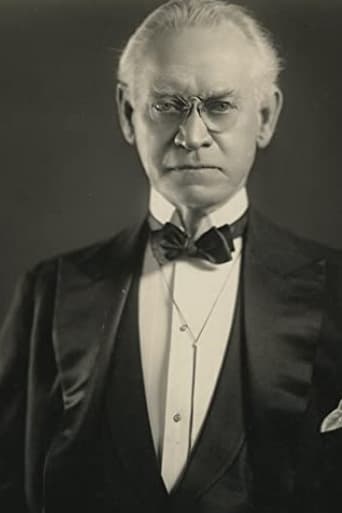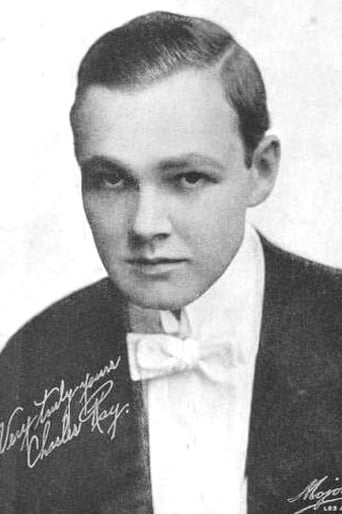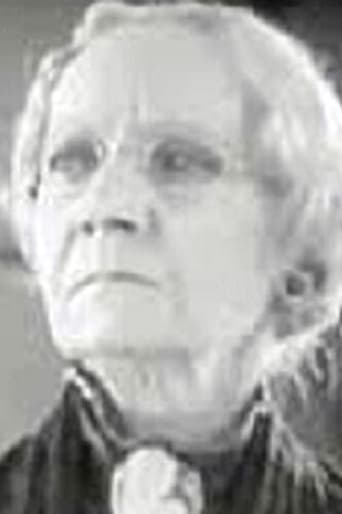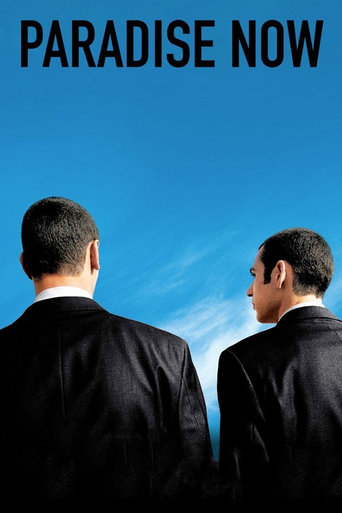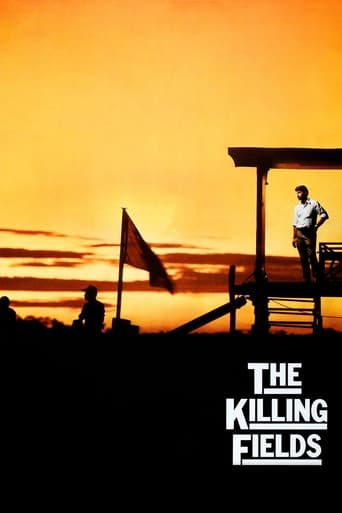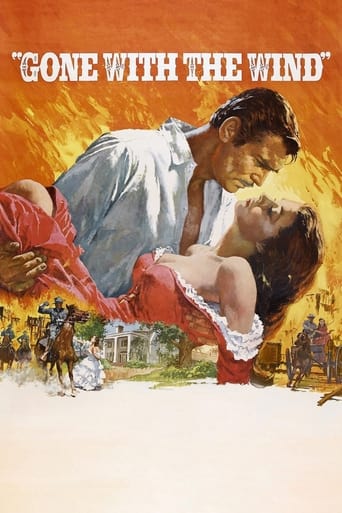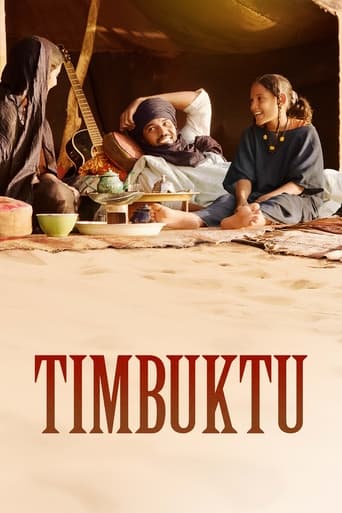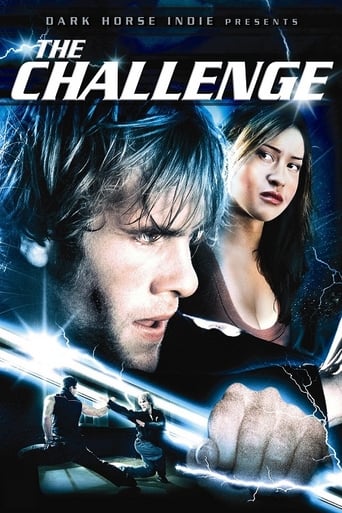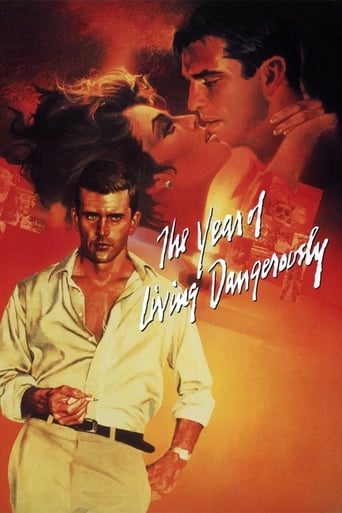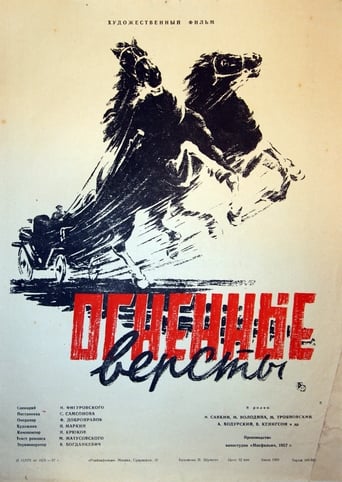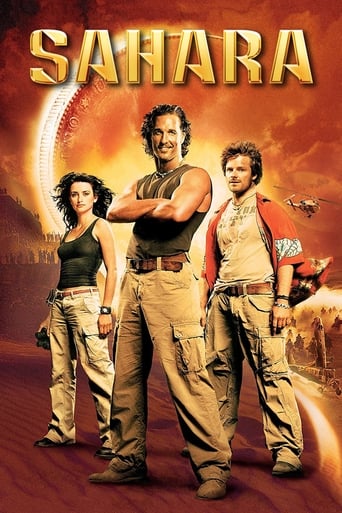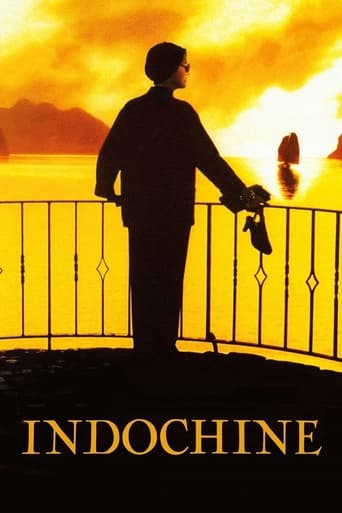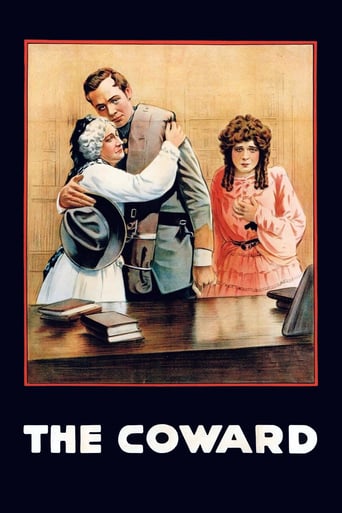

The Coward (1915)
Set during the American Civil War, Keenan stars as a Virginia colonel and Charles Ray as his weak-willed son. The son is forced, at gunpoint, by his father to enlist in the Confederate army. He is terrified by the war and deserts during a battle. The film focuses on the son's struggle to overcome his cowardice.
Watch Trailer
Cast


Similar titles
Reviews
Ince had nothing to reproach himself for with regard to Giffith. He had already produced and directed a lavish and highly successful civil war epic two years before A Birth of a Nation - The Battle of Gettysburg (sadly now lost). It was a subject he had made very much his own also in a series of fine shorts in the early teens. Unfortunately by 1915 he was seemingly producing rather more than directing and relying heavily on Reginald Barker.Around 1914-1915 there develop in US film an irksome fashion for the overuse of the close-up and the close medium-shot. There is nothing old-fashioned about it per se (it is in fact one of the consequences of the increasing dominance of Griffith-style editing) but it was retrogressive in encouraging a revival of "the facial", the old vaudeville technique of concentrating on facial expressions to express different emotions and this comeback of the facial (quite common in very early shorts) in dramatic films at this time is a serious error and quite contrary to Ince's own earlier directorial style. It was entirely typical of Barker and is even worse in The Italian which came out the same year (reviewed separately). It encouraged an increase in melodrama (which one sees equally in the films of Griffith) at the expense of any broader context.As regards the theme, too, it is false to see this "paternalistic" view as in any way opposed to the racist notions of Dixon and Griffith. This is to confuse attitudes towards the ante-bellum and the post-bellum situations. It is in a fact absolutely a continuation of their "revisionist" view (in reaction essentially to the popularity of Uncle Tom's Cabin which expressed a much darker view of Southern slave-owning) and so for that matter is Mitchell's later Gone with the Wind. It was a view that established itself firmly at precisely this time (see the difference between the 1914 and 1927 versions of Uncle Tom's Cabin) and was entirely a piece with the racist views of Dixon and Griffith and the contemporaneous refounding of the Ku Klux Klan.As for the war than, that does not even have the virtue of originality. Novels and films about cowards nearly always follow broadly the same pattern and there had been plenty of them. Quite apart from the A. E. W. Mason classic The Four Feathers (filmed by Dawley for Metro in this same year) and the 1910 Griffith film The House with Closed Shutters (which has considerably more originality), this film also resembles an earlier Ince production, the 1913 short Silent Heroes (directed by Walter Edwards).So here we have fashionable neo-melodramatic acting and fashionable ante-bellum nostalgia for a slave-owning society and a highly unoriginal story - a long way from the sharper, more thoughtful work that Ince himself was capable of.It would be wrong however to equate this style or these attitudes with early film in general. They are quite specific to the US and that taste for "satisfying melodrama" has changed very little over the years. For the completely opposite tendency stylistically compare with the contemporary Russian films of Yevgeny Bauer. Bauer was notorious for not allowing his actors to act, in other words for forbidding them to make facial grimaces and grand gestures. For Bauer, one of the first genuine geniuses of the cinema, the work was done not by the actors but by the camera and the mise en scène. In essence this notion was at the origin of what later came to be called "the Kuleshov effect" (Lev Kuleshov was originally Bauer's décorateur). Later it became associated with Soviet "montage" but the important element, what you might call the principle of "non-acting" had already been promulgated by Bauer.
The first half of this Civil War story is very conventional stuff, in which in a wave of patriotic fervour - and to impress the chicks - the young men of Virginia head for the local enlistment point to join the Confederate army. Our hero Frank Winslow, however, promptly thinks better of it, sneaks off and returns home, only to be smartly marched back at gunpoint to enlist by his Pappy, retired Colonel Jefferson Beverly Winslow.So far so predictable; and told as stiffly as the spine of Colonel Winslow (who as played by Frank Keenan frequently resembles a tailor's dummy). But the film now starts to lighten up and even develop a funny bone. The rustlings in the undergrowth of the local wildlife during Junior's first night on guard duty spook him so much he drops his rifle and scarpers for home again, provoking Pappy into the incredible decision to take Junior's place in his regiment. Nobody in Junior's regiment notices that his father had replaced him; while at that moment by remarkable coincidence a bunch of brusque Yankee officers billet themselves on the Winslow estate, discuss their latest plan of attack loud enough for Junior hiding fearfully in the room above to overhear them and - galvanised by the knowledge that he holds the fate of his company in his hands - he finally find his mojo and leaps into action.Frank gets away from the house in a sight gag worthy of Keaton and - some pretty spectacular battle footage later - Father & Son are reunited, the Winslows' family honour is restored and the South is saved. For now.
I think a lot of the impact of this early silence feature film is lost today, but more about that later in the review. When it was released in 1915, attitudes about plot and drama were very different than today. Predictability was expected from movies and what we would consider over-acting was the norm. Also, having white folks run around in black face playing slaves was, unfortunately, pretty widely accepted. And so, by 1915 standards, this is an exceptional movie and one of the earliest full-length films ever made. I think it is a lot better than its much-admired contemporary, BIRTH OF A NATION--which is ponderously long and one of the most racist films made in America. Unfortunately for the makers of this film, people in 1915 preferred BIRTH OF A NATION and it went on to make a ton of money and was hailed as one of the greatest films ever made. That's really a shame, because there are some exceptional aspects to this film that have been overlooked. In particular, the costumes and battle sequences are excellent (though not quite as grand as those in BIRTH OF A NATION) and the story, though very simplistic and predictable, is still compelling. And, its use of two white folks in black makeup, though appalling, is not nearly as offensive as about 90% of the other film.Now, as for today's audiences, the plot is very very dusty to say the least. Having the son be afraid of war and deserting was excellent, but the contrived way that his own father accidentally shoots and kills him in battle is so over-the-top dramatically (though not in its day). BUT, it is STILL worth seeing for its historical value. Not a great or memorable film, but one of the most watchable of the early feature-length films.
This interesting period melodrama ties together several themes, and generally succeeds in examining them during the course of the story. Neither of the most prominent characters (the father and son) are especially sympathetic, and yet the story is such that it involves your emotions for both of them, even when their actions are discreditable.The 'coward' of the title is the son of a retired colonel, whose father insists that he enlist in the Confederate Army when the Civil War begins. "The Coward", like an earlier Thomas Ince feature, "Drummer Boy of the 8th", depicts the unfounded mass excitement that accompanied the outbreak of war, this time on the other side. Here, the son is practically the only one not filled with enthusiasm for the South's war effort. The crisis comes later on when the 'coward' is the only one who knows a piece of vital information.The story that develops features several interesting turns, and it brings out various points not only about bravery and duty, but about family relationships and other themes. Some aspects of its perspective may seem a little odd now, but it presents its ideas believably and without overstatement.Both the action sequences and the confrontations between father and son are often given Ince's attentiveness to detail and composition. Whether intentional or not, in a number of the family scenes the characters' movements are particularly deliberate, with the effect of drawing out their sometimes uncomfortable conversations, and thus increasing the tension. There is also quite a contrast established between the very civilized study in which the father repeatedly lectures his son, and the brutal tactics that he uses to get his son to do his bidding.Civil War features were quite popular in this era, and there are others that are better remembered, but this movie has several strengths, and it provides a slightly different perspective of its own.


